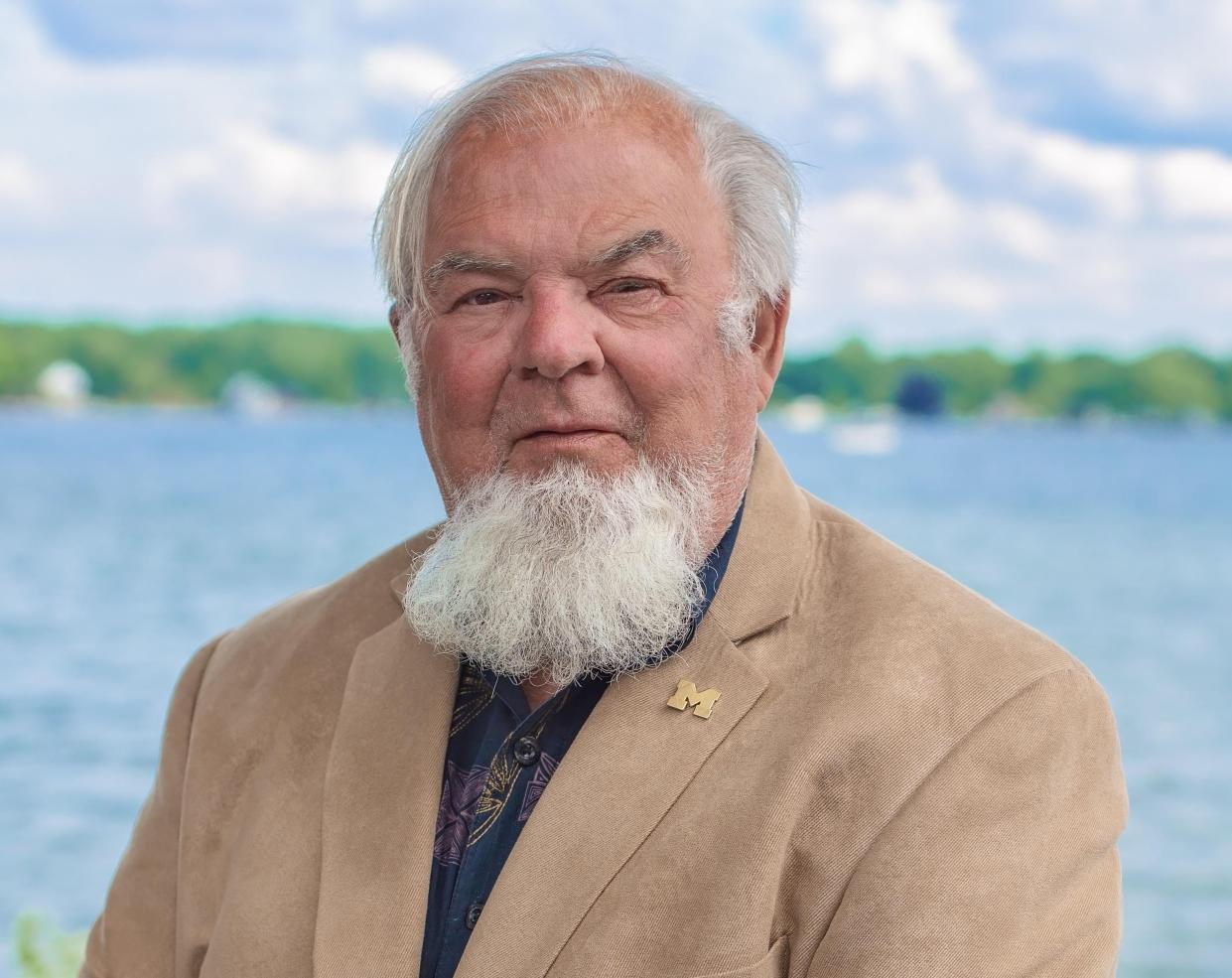Democratizing our Constitution

Coming off a state-dominated Articles of Confederation, with democracy only at the state level, our current Constitution is a federalism system that starts with the Preamble: We the People. My thesis is that we started with democracy in one organ, but became more democratic over time. We are still an imperfect democracy. The best way to measure the amount of democracy, I believe, is to look at the governmental organs elected by the people, and the fairness and equality of the vote, as well as its inclusiveness.
In terms of inclusiveness, we have added critical amendments to the Constitution: 15th, allowing former slaves to vote; 17th, allowing the people to vote for senators; 19th, allowing women to vote nationwide; 24th, eliminating the poll or any tax to vote; and 26th, expanding the voting age to 18 years.
More: From sovereign states to We the People
In our system, the people are the ultimate sovereign, not the states. Although state representatives wrote the Constitution, the people ratified it acting in states by electing delegates to state ratifying conventions. This was as directly as the people could speak. As Chief Justice John Marshall put it in McCulloch v. Maryland (1819): “The government of the Union … is emphatically, and truly, a government of the people. In form and substance it emanates from them. Its powers are granted by them, and are to be exercised directly on them, and for their benefit.”
The people, however, elected only the House of Representatives in the beginning. Although necessary for legislation to pass in Article I, Section 7(2), and therefore having a veto, the rest of the federal government was nondemocratic. Hence, it was known as a republic. Senators were chosen by state legislatures. The president was chosen by an Electoral College, whose electors were also chosen at the state level by state legislatures. It would be 124 years before the 17th Amendment gave the people the right to elect senators in 1913. The president became a more democratic organ sooner; by 1832, all states except one, elected electors by the people. This resulted in 1828 in the election of Andrew Jackson, surely a man of the people.
Even though the Senate is today chosen by the people, the people are not represented equally, since states are unequal in population. Each state gets two senators; the people in the smaller states are over-represented and those in larger states under-represented — two divided by the number of people. For example, 21 states, “…with fewer total people than California have 42 Senate seats. This undemocratic, unjust system has produced the new Supreme Court…” (Max Boot, "The Supreme Court rulings represent the tyranny of the minority," The Washington Post, June, 25, 2022). Equal state representation in the Senate was the Great Compromise of the Constitutional Convention. We’re stuck with it.
At least senators are chosen directly by the people in each state and not by winner-take-all districts within a state. Members of the House of Representatives are chosen out of single-member districts. Gerrymandering is inherent in those districts where those who draw the district lines, knowing where the Democrats and Republicans are, can manipulate to some degree winners and losers. The goal is for your opponent to waste as many votes as possible in a losing cause, or win by many more votes than needed (those extra votes could have been used elsewhere). Thus, even though the districts are equal in population thanks to Supreme Court decisions, gerrymandering can cause skewed results that are undemocratic.
It is the same with the president and the Electoral College. With the winner-take-all approach to the allocation of electors at the state level, there are many wasted votes. Thus, we can get more popular votes being cast for the loser in the Electoral College, as happened recently in the 2000 and 2016 elections.
Interestingly, the one election without gerrymandering or unequal-sized voting units or wasted votes which could have been used elsewhere, would be the direct, national, popular election of the president. It would be one person, one vote with no distortions or shenanigans. We would thus move from being a mere republic to being, to paraphrase the Preamble, a more perfect union and democracy.
James W. Pfister, J.D. University of Toledo, Ph.D. University of Michigan (political science), retired after 46 years in the Political Science Department at Eastern Michigan University. He lives at Devils Lake and can be reached at jpfister@emich.edu.
This article originally appeared on The Daily Telegram: James Pfister: Democratizing our Constitution

